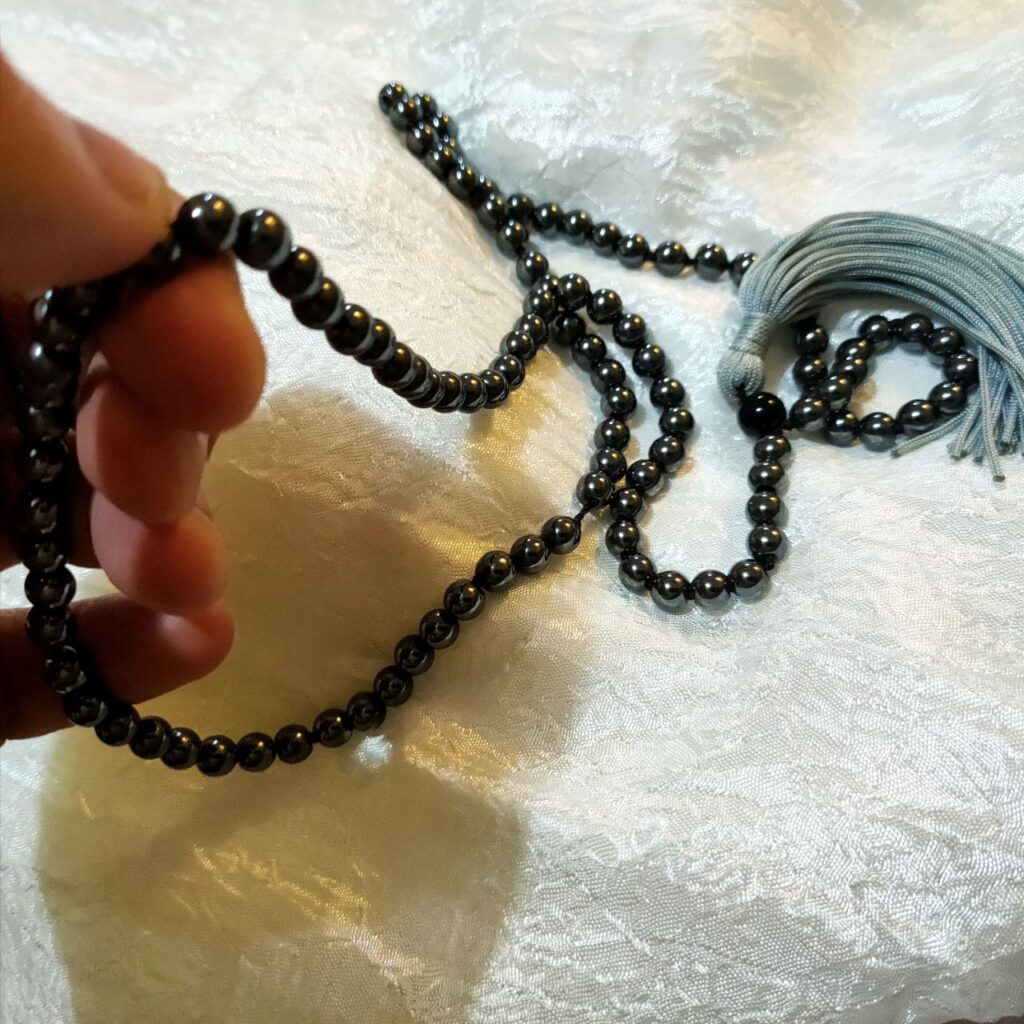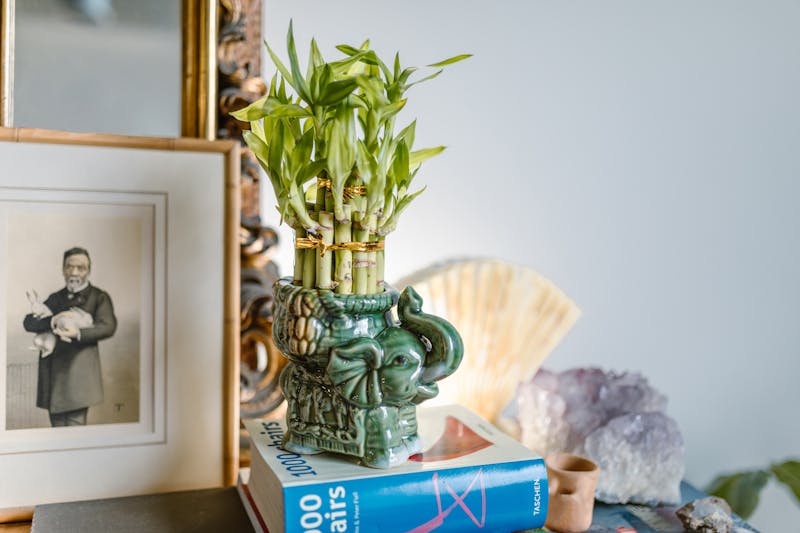
Feng Shui and Hinduism are two very different practices. Feng Shui is an ancient Chinese practice that involves the placement of objects in a space to create a sense of balance and harmony. Hinduism is a belief system that originated in India and teaches that there is one supreme reality that pervades the universe. Despite their differences, these two practices both believe in the concept of Chi or Prana.
In this blog post, we will discuss the similarities and differences between Chi and Prana. We will also explore how these concepts can be used to create a sense of balance and harmony in your home.

Almost The Same
In Feng Shui, Chi is the life force energy that flows through all living things. This is similar to Prana in Hinduism, which is the life force energy that animates the body and mind. Both Chi and Prana are essential for our well-being and can be harnessed through various Feng Shui and yoga practices. Though the words may be different, the concept is the same. Let’s explore how these two ancient traditions can help us create more harmony and balance in our own lives.

Feng Shui’s Chi
In Feng Shui, Chi is the universal life force energy that flows through all living things. It is believed that a home or office with good Feng Shui has strong and positive Chi energy while home or office with bad Feng Shui has weak and negative Chi energy. There are many ways to improve the Chi energy in your home or office such as using specific colors, placement of furniture, and adding plants.
Chi can be both positive and negative. Positive Chi brings happiness, good health, and good fortune, while negative Chi can bring illness, bad luck, and disharmony.
The key to creating good Feng Shui is to create an environment that encourages the flow of positive Chi while discouraging the flow of negative Chi. There are many ways to do this, but one of the most important is to pay attention to the five elements: wood, fire, earth, metal, and water. Each element has its unique energies that can either contribute to or hinder the flow of Chi.
For example, too much water element in space can cause stagnation and feelings of being overwhelmed, while too much fire element can cause argumentative behavior and destructive impulses. By creating a space that has a healthy mix of all five elements, we can encourage the flow of positive Chi and create harmony and balance in our lives.

Hinduism’s Prana
In Hinduism, Prana is the life force energy that animates the body and mind. It is believed that Prana resides in the chakras, which are the seven main energy centers in the body. Prana can be increased through various yoga practices such as breath work, meditation, and asanas (yoga poses).
Like Chi, Prana can be both positive and negative. Positive Prana brings happiness, good health, and good fortune while negative Prana can bring illness, bad luck, and disharmony.
Chi and Prana are two concepts that are central to the practices of Feng Shui and Hinduism respectively. These terms refer to the life force energy that pervades the universe

Chi and Prana are both vital life force energies that play an important role in our well-being. Feng Shui’s Chi and Hinduism’s Prana are two ancient concepts with very similar ideas about life force energy. According to both traditions, this energy animates all living things and can either be positive or negative. The key to creating good Feng Shui or encouraging the flow of positive Prana is to create an environment that has a healthy mix of all five elements. By doing so, we can create more harmony and balance in our lives.



















